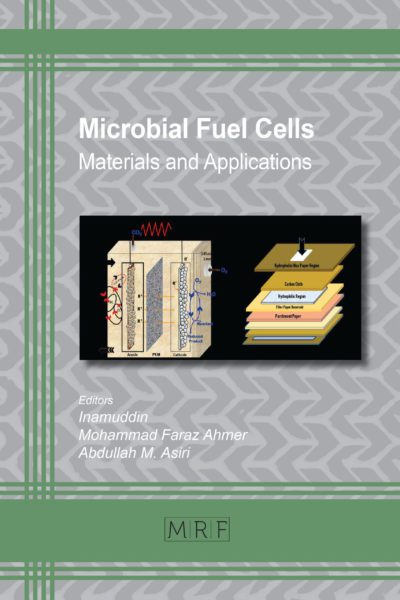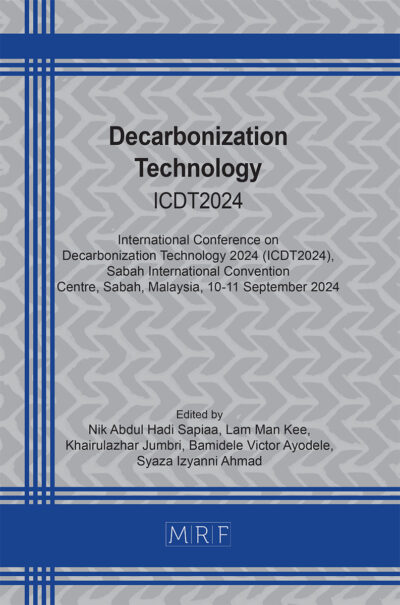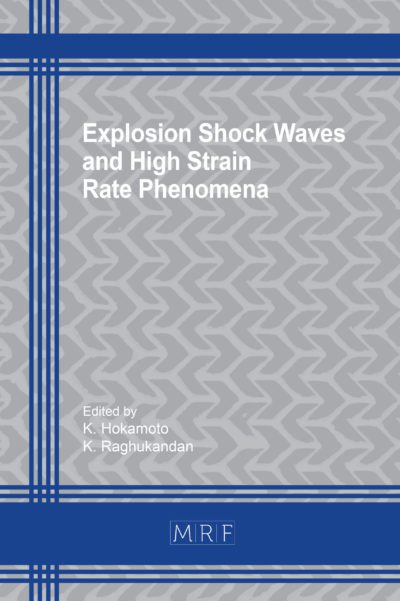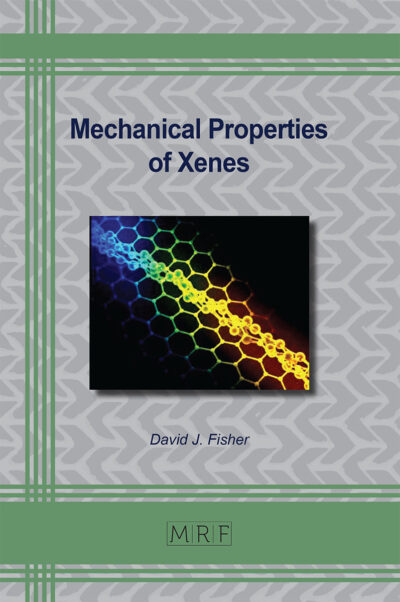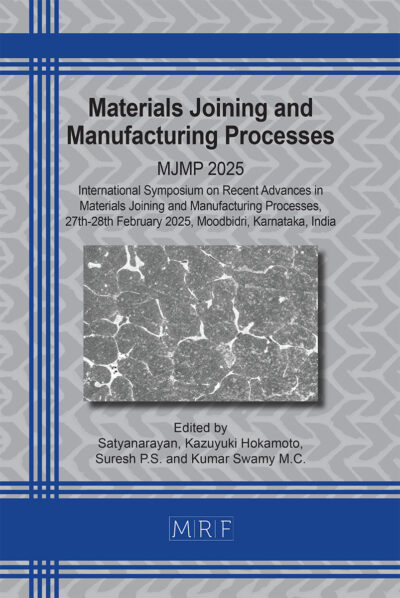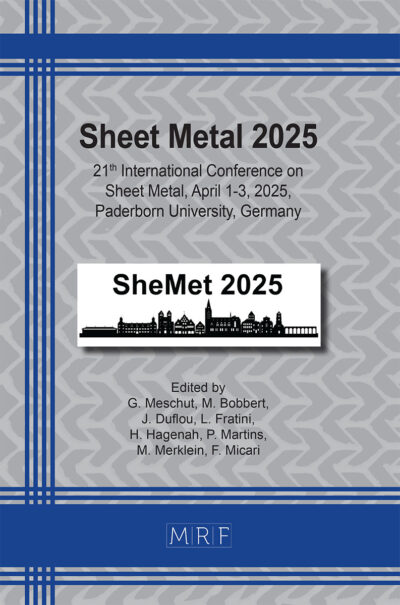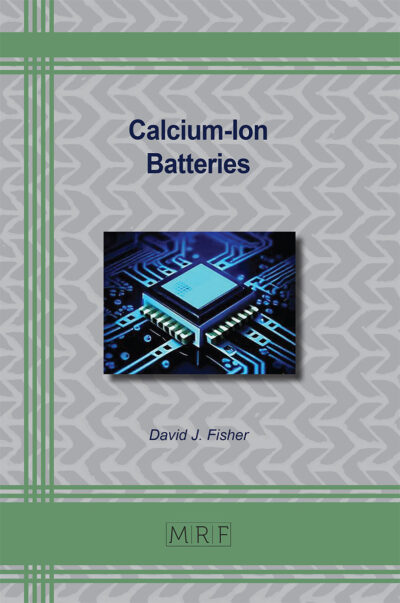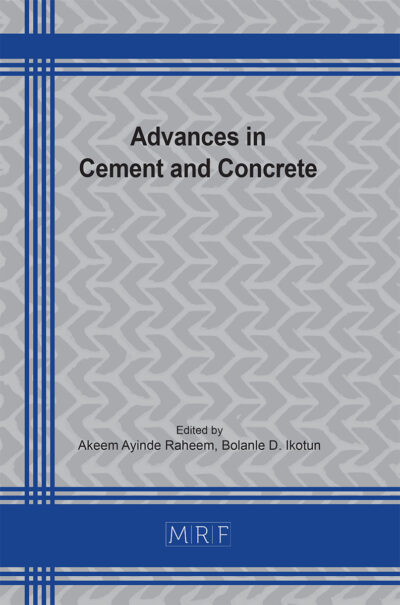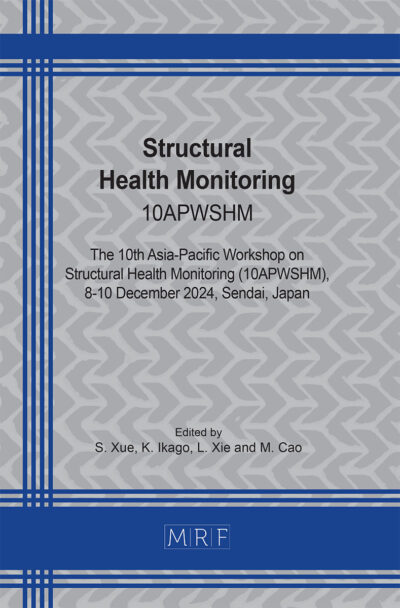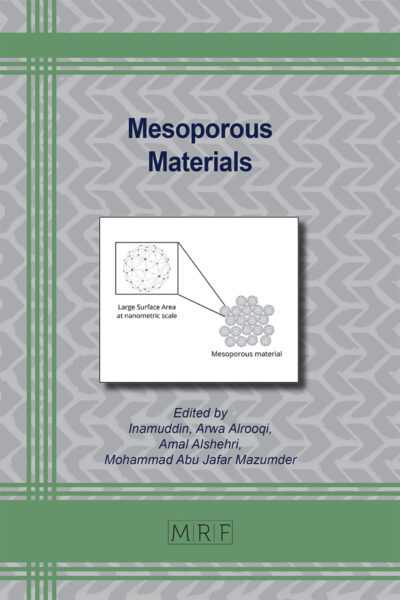The TiO2 catalytic combustion of microalgae spirulina platensis-synthetic waste blend: Thermal characteristics, kinetic and thermodynamic investigation
SUKARNI Sukarni, ARDIANTO Prasetiyo, YAHYA Zakaria, POPPY Puspitasari, AVITA Ayu Permanasari, SAMSUDIN Anis, ANWAR Johari
Abstract. This paper evaluates the catalytic impact of TiO2 addition on the combustion behavior of the microalgae Spirulina platensis (SP) and synthetic waste (SW) blend using a thermogravimetric analyzer. The blend ratio of 30SP/70SW, 50SP/50SW, and 70SP/30SW (wt,%) with 5%TiO2 were used for each experiment. The results show that the blended fuels with and without 5%TiO2 decomposed in three stages, with the main combustion reaction taking place in the second stage. Assessment of the second stage revealed that the decomposition could be divided into two zones. Zone I started at 166-191 oC and finished at around 360-395 oC. Zone II started at the end temperature of Zone I and finished at around 490-507 oC. The presence of 5% TiO2 forced the mass loss rate of the samples in Zone II toward a higher rate, except for the 30SP/70SW. The kinetic evaluation performed by using the Coats-Redfern method was implemented on the six selected models, i.e., three diffusion models (parabolic law (D1), valensi equation (D2), Ginstling-Broushtein equation (D3)), two-phase interfacial reaction model (shrinkage geometrical column (S1) and shrinkage geometrical spherical (S2)) and power-law model (P). The results showed that 5% of TiO2 in the samples significantly reduced the activation energies.
Keywords
Combustion, Microalgae, Synthetic Waste, Kinetic, Thermodynamic
Published online 4/25/2025, 13 pages
Copyright © 2025 by the author(s)
Published under license by Materials Research Forum LLC., Millersville PA, USA
Citation: SUKARNI Sukarni, ARDIANTO Prasetiyo, YAHYA Zakaria, POPPY Puspitasari, AVITA Ayu Permanasari, SAMSUDIN Anis, ANWAR Johari, The TiO2 catalytic combustion of microalgae spirulina platensis-synthetic waste blend: Thermal characteristics, kinetic and thermodynamic investigation, Materials Research Proceedings, Vol. 53, pp 347-359, 2025
DOI: https://doi.org/10.21741/9781644903575-34
The article was published as article 34 of the book Decarbonization Technology
![]() Content from this work may be used under the terms of the Creative Commons Attribution 3.0 license. Any further distribution of this work must maintain attribution to the author(s) and the title of the work, journal citation and DOI.
Content from this work may be used under the terms of the Creative Commons Attribution 3.0 license. Any further distribution of this work must maintain attribution to the author(s) and the title of the work, journal citation and DOI.
References
[1] A.Y. Aminullah, S. Sukarni, R. Wulandari, M. Shahbaz, Pyrolysis Kinetics of Spirulina platensis and Non-condensable Gas Product Distribution in a Fixed-Bed Reactor, Journal of Mechanical Engineering Science and Technology (JMEST) 8 (2024) 151–167. https://doi.org/10.17977/UM016V8I12024P151
[2] L. Brennan, P. Owende, Biofuels from microalgae-A review of technologies for production, processing, and extractions of biofuels and co-products, Renewable and Sustainable Energy Reviews 14 (2010) 557–577. https://doi.org/10.1016/j.rser.2009.10.009
[3] Y. Li, M. Horsman, N. Wu, C.Q. Lan, N. Dubois-Calero, Biofuels from microalgae., Biotechnol Prog 24 (2008) 815–820
[4] P.M. Schenk, S.R. Thomas-Hall, E. Stephens, U.C. Marx, J.H. Mussgnug, C. Posten, O. Kruse, B. Hankamer, Second Generation Biofuels: High-Efficiency Microalgae for Biodiesel Production, Bioenergy Res 1 (2008) 20–43. https://doi.org/10.1007/s12155-008-9008-8
[5] S. Sukarni, Bahan bakar terbarukan dari Mikroalga: peluang dan tantangan untuk pasokan energi masa depan, Universitas Negeri Malang, 2021
[6] S. Sukarni, Thermogravimetric analysis of the combustion of marine microalgae Spirulina platensis and its blend with synthetic waste, Heliyon 6 (2020) e04902. https://doi.org/10.1016/j.heliyon.2020.e04902
[7] World Economic Forum, Radically Reducing Plastic Pollution in Indonesia: A Multistakeholder Action Plan, 2020
[8] Ministry of Environment and Forestry, National Plastic Waste Reduction Strategic Actions for Indonesia, Ministry of Environment and Forestry, Republic of Indonesia, 2020
[9] C. Gai, Z. Liu, G. Han, N. Peng, A. Fan, Combustion behavior and kinetics of low-lipid microalgae via thermogravimetric analysis, Bioresour Technol 181 (2015) 148–154. https://doi.org/10.1016/j.biortech.2015.01.045
[10] C. Montejo, C. Costa, P. Ramos, M.D.C. Márquez, Analysis and comparison of municipal solid waste and reject fraction as fuels for incineration plants, Appl Therm Eng 31 (2011) 2135–2140. https://doi.org/10.1016/j.applthermaleng.2011.03.041
[11] M. Li, J. Xiang, S. Hu, L.-S. Sun, S. Su, P.-S. Li, X.-X. Sun, Characterization of solid residues from municipal solid waste incinerator, Fuel 83 (2004) 1397–1405. https://doi.org/10.1016/j.fuel.2004.01.005
[12] A. Tahmasebi, M.A. Kassim, J. Yu, S. Bhattacharya, Thermogravimetric study of the combustion of Tetraselmis suecica microalgae and its blend with a Victorian brown coal in O2/N2 and O2/CO2 atmospheres, Bioresour Technol 150 (2013) 15–27. https://doi.org/10.1016/J.BIORTECH.2013.09.113
[13] H. Il Choi, J.S. Lee, J.W. Choi, Y.S. Shin, Y.J. Sung, M.E. Hong, H.S. Kwak, C.Y. Kim, S.J. Sim, Performance and potential appraisal of various microalgae as direct combustion fuel, Bioresour Technol 273 (2019) 341–349. https://doi.org/10.1016/J.BIORTECH.2018.11.030
[14] Y. Gao, A. Tahmasebi, J. Dou, J. Yu, Combustion characteristics and air pollutant formation during oxy-fuel co-combustion of microalgae and lignite, Bioresour Technol 207 (2016) 276–284. https://doi.org/10.1016/J.BIORTECH.2016.02.031
[15] B. Ye, R. Zhang, J. Cao, K. Lei, D. Liu, The study of co-combustion characteristics of coal and microalgae by single particle combustion and TGA methods, Journal of the Energy Institute 93 (2020) 508–517. https://doi.org/10.1016/J.JOEI.2019.07.001
[16] N.E. Magida, L.L. Bolo, S.P. Hlangothi, G. Dugmore, A.S. Ogunlaja, Co-combustion Characteristics of coal-Scenedesmus Microalgae Blends and Their Resulting Ash, Combustion Science and Technology 193 (2021) 419–436. https://doi.org/10.1080/00102202.2019.1658577
[17] C. Chen, Q.N. Chan, P.R. Medwell, G. Heng Yeoh, Co-Combustion Characteristics and Kinetics of Microalgae Chlorella Vulgaris and Coal through TGA, Combustion Science and Technology 192 (2020) 26–45. https://doi.org/10.1080/00102202.2018.1555820
[18] X. Peng, X. Ma, Z. Xu, Thermogravimetric analysis of co-combustion between microalgae and textile dyeing sludge, Bioresour Technol 180 (2015) 288–295. https://doi.org/10.1016/j.biortech.2015.01.023
[19] R. Lopez, C. Fernandez, X. Gomez, O. Marinez, M.E. Sanchez, Thermogravimetric analysis of lignocellulosic and microalgae biomasses and their blends during combustion, J Therm Anal Calorim 114 (2013) 295–305. https://doi.org/10.1007/s10973-012-2843-z
[20] Y. Tang, X. Ma, Z. Lai, Q. Yu, Oxy-fuel combustion characteristics and kinetics of microalgae and its mixture with rice straw using thermogravimetric analysis, Int J Energy Res 42 (2018) 532–541. https://doi.org/10.1002/er.3836
[21] Y. Tang, X. Ma, Z. Lai, Thermogravimetric analysis of the combustion of microalgae and microalgae blended with waste in N(2)/O(2) and CO(2)/O(2) atmospheres., Bioresour Technol 102 (2011) 1879–1885. https://doi.org/10.1016/j.biortech.2010.07.088
[22] A. Prasetiyo, S. Sukarni, R. Wulandari, P. Puspitasari, A Kinetic Study on Tetraselmis chuii Combustion: The Catalytic Impact of Nanoparticle Titanium Dioxide (TiO2) Additive, Journal of Advanced Research in Fluid Mechanics and Thermal Sciences 71 (2020) 39–49. https://doi.org/10.37934/arfmts.71.1.3949
[23] S. Sukarni, P. Ardianto, W. Retno, E.W. Aloon, P. Poppy, Thermal characteristic of tetraselmis chuii combustion influenced by titanium dioxide (Tio2) nanoparticle, Key Eng Mater 851 (2020) 149–155. https://doi.org/10.4028/www.scientific.net/KEM.851.149
[24] V.A. Pinchuk, A. V. Kuzmin, The effect of the addition of TiO2 nanoparticles to coal-water fuel on its thermophysical properties and combustion parameters, Fuel 267 (2020) 117220. https://doi.org/10.1016/J.FUEL.2020.117220
[25] Y. Zhao, S. Wang, Y. Shen, X. Lu, Effects of nano-TiO2 on combustion and desulfurization, Energy 56 (2013) 25–30
[26] S. Sukarni, S. Sumarli, I.M. Nauri, A. Prasetiyo, P. Puspitasari, Thermogravimetric analysis on combustion behavior of marine microalgae Spirulina platensis induced by MgCO3 and Al2O3 additives, International Journal of Technology 10 (2019) 1174–1183. https://doi.org/10.14716/ijtech.v10i6.3611
[27] S. Sukarni, A. Prasetiyo, S. Sumarli, I.M.I.M. Nauri, A.A.A.A. Permanasari, Kinetic analysis of co-combustion of microalgae Spirulina platensis and synthetic waste through the fitting model, in: MATEC Web of Conferences, EDP Sciences, 2018: p. 00009. https://doi.org/10.1051/matecconf/201820400009
[28] S. Sukarni, L.A.A. Saputra, The elemental composition changes of Spirulina platensis-synthetic waste mixture during the combustion analyzed by energy-dispersive X-ray, in: AIP Conf Proc, AIP Publishing, 2020: p. 030014. https://doi.org/10.1063/5.0000901
[29] C. Chen, X. Ma, Y. He, Co-pyrolysis characteristics of microalgae Chlorella vulgaris and coal through TGA, Bioresour Technol 117 (2012) 264–273. https://doi.org/10.1016/j.biortech.2012.04.077
[30] J. Chen, Y. Wang, X. Lang, X. Ren, S. Fan, Comparative evaluation of thermal oxidative decomposition for oil-plant residues via thermogravimetric analysis: Thermal conversion characteristics, kinetics, and thermodynamics, Bioresour Technol 243 (2017) 37–46. https://doi.org/10.1016/j.biortech.2017.06.033
[31] A. Prasetiyo, S. Sukarni, A.A. Wibowo, A.A. Permanasari, P. Puspitasari, Characteristics and modeling kinetics of oil palm frond petiole pyrolysis using thermogravimetric analyzer, in: IOP Conf Ser Earth Environ Sci, 2021. https://doi.org/10.1088/1755-1315/847/1/012018
[32] S.R. Naqvi, R. Tariq, Z. Hameed, I. Ali, M. Naqvi, W.H. Chen, S. Ceylan, H. Rashid, J. Ahmad, S.A. Taqvi, M. Shahbaz, Pyrolysis of high ash sewage sludge: Kinetics and thermodynamic analysis using Coats-Redfern method, Renew Energy 131 (2019) 854–860. https://doi.org/10.1016/j.renene.2018.07.094
[33] L. Vlaev, N. Nedelchev, K. Gyurova, M. Zagorcheva, A comparative study of non-isothermal kinetics of decomposition of calcium oxalate monohydrate, J Anal Appl Pyrolysis 81 (2008) 253–262. https://doi.org/10.1016/j.jaap.2007.12.003
[34] S. Sukarni, A. Prasetiyo, L. Fidiah, A.A. Permanasari, P. Puspitasari, Kinetics and thermodynamics study of organic waste combustion using thermogravimetric analysis, IOP Conf Ser Earth Environ Sci 847 (2021). https://doi.org/10.1088/1755-1315/847/1/012015
[35] S. Rasam, A. Moshfegh Haghighi, K. Azizi, A. Soria-Verdugo, M. Keshavarz Moraveji, Thermal behavior, thermodynamics and kinetics of co-pyrolysis of binary and ternary mixtures of biomass through thermogravimetric analysis, Fuel 280 (2020) 118665. https://doi.org/10.1016/j.fuel.2020.118665
[36] A. Khawam, D.R. Flanagan, Role of isoconversional methods in varying activation energies of solid-state kinetics: II. Nonisothermal kinetic studies, Thermochim Acta 436 (2005) 101–112. https://doi.org/10.1016/j.tca.2005.05.015
[37] A. Khawam, D.R. Flanagan, Role of isoconversional methods in varying activation energies of solid-state kinetics: I. isothermal kinetic studies, Thermochim Acta 429 (2005) 93–102. https://doi.org/10.1016/j.tca.2004.11.030
[38] A. Khawam, D.R. Flanagan, Solid-state kinetic models: Basics and mathematical fundamentals, Journal of Physical Chemistry B 110 (2006) 17315–17328. https://doi.org/10.1021/jp062746a
[39] S.Y. Yorulmaz, A.T. Atimtay, Investigation of combustion kinetics of treated and untreated waste wood samples with thermogravimetric analysis, Fuel Processing Technology 90 (2009) 939–946. https://doi.org/10.1016/j.fuproc.2009.02.010
[40] S.M. Alshehri, M.A.S. Monshi, N.M. Abd El-Salam, R.M. Mahfouz, Kinetics of the thermal decomposition of γ-irradiated cobaltous acetate, Thermochim Acta 363 (2000) 61–70. https://doi.org/10.1016/S0040-6031(00)00602-X
[41] S. Niu, H. Yu, S. Zhao, X. Zhang, X. Li, K. Han, C. Lu, Y. Wang, Apparent kinetic and thermodynamic calculation for thermal degradation of stearic acid and its esterification derivants through thermogravimetric analysis, Renew Energy 133 (2019) 373–381. https://doi.org/10.1016/j.renene.2018.10.045
[42] D.K.W. Gan, A.C.M. Loy, B.L.F. Chin, S. Yusup, P. Unrean, E. Rianawati, M.N. Acda, Kinetics and thermodynamic analysis in one-pot pyrolysis of rice hull using renewable calcium oxide based catalysts, Bioresour Technol 265 (2018) 180–190. https://doi.org/10.1016/j.biortech.2018.06.003
[43] L. Huang, J. Liu, Y. He, S. Sun, J. Chen, J. Sun, K.L. Chang, J. Kuo, X. Ning, Thermodynamics and kinetics parameters of co-combustion between sewage sludge and water hyacinth in CO2/O2atmosphere as biomass to solid biofuel, Bioresour Technol 218 (2016) 631–642. https://doi.org/10.1016/j.biortech.2016.06.133
[44] P. Parthasarathy, A. Fernandez, T. Al-Ansari, H.R. Mackey, R. Rodriguez, G. Mckay, Thermal degradation characteristics and gasification kinetics of camel manure using thermogravimetric analysis, J Environ Manage 287 (2021) 112345. https://doi.org/10.1016/j.jenvman.2021.112345
[45] Y.S. Kim, Y.S. Kim, S.H. Kim, Investigation of thermodynamic parameters in the thermal decomposition of plastic waste-waste lube oil compounds, Environ Sci Technol 44 (2010) 5313–5317. https://doi.org/10.1021/es101163e
[46] V. Vasudev, X. Ku, J. Lin, Pyrolysis of algal biomass: Determination of the kinetic triplet and thermodynamic analysis, Bioresour Technol 317 (2020) 124007. https://doi.org/10.1016/j.biortech.2020.124007


